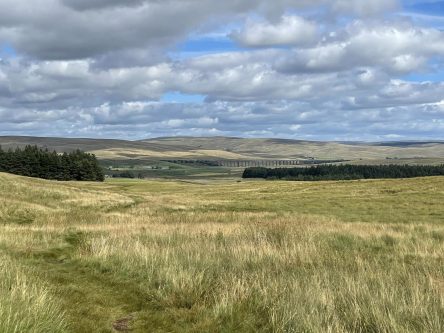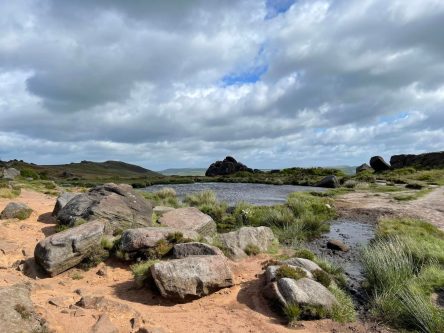Walk and Talk Therapy - SafeHaven Trauma Centre
Walk & Talk Therapy
This type of therapy combines conventional indoor talking therapy with the known benefits of being outdoors and in the natural world.
Being outdoors in nature is known to enhance our wellbeing, so combining this with movement – i.e. manageable physical activity – which is also known to improve our physical and psychological wellbeing, provides a win-win situation.
Walking in the outdoors is known to have many psychological benefits. This includes improving mood, boosting positive emotions whilst lowering feelings of depression, improving how our brain functions so we find it is not as difficult to thinking through things (cognitive flexibility) and problem solving abilities improve. Another important change is that self-esteem increases too – so we feel better about ourselves.
Many people report that they enjoy not being confined to a space, that they enjoy being able to move and find it easier to connect with how they feel when they are moving around. It can also be a great opportunity to escape day-to-day routines and find a way to feel more connected to nature.

What happens in a session?
The therapist meets the client at a pre-agreed location and together they walk, sometime sit and talk as they would in a usual session indoors.
The therapist will have a route planned for the session that can be completed during the session time – it may include places to sit, or environment features to walk past during the session.
Sessions can incorporate activities, for example grounding or mindfulness exercises, or even deliberate experiences, for example throwing a pebble into a stream as symbolic of treleasing an old narrative.
Is walk and talk therapy right for you?
Of course walk and talk therapy is not for everyone. However, it might be just the thing for you.
Before starting walking, there is always 2 initial sessions that are either done online or at the centre. You will have the usual initial consultation with your therapist anto carry out an initial evaluation to determine why you have come for support, your aims from therapy, the preferable approach to therapy for you. They will also discuss what you may need for walk and talk therapy to be successful for you, such as location, hills or flatter ground, your tolerance for different weather conditions, anything you may wish to avoid (water can be common, when people have had adverse experiences in water) and any specific medical or safety considerations etc.
If this type of approach is of interest to you, then reach out and talk to one of our team about it.


